Researchers linked a polymeric transfection reagent into a hollow protein nanocage for drug delivery.
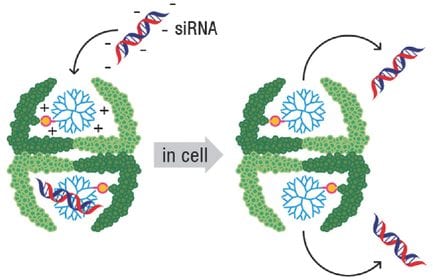

Researchers linked a polymeric transfection reagent into a hollow protein nanocage for drug delivery.
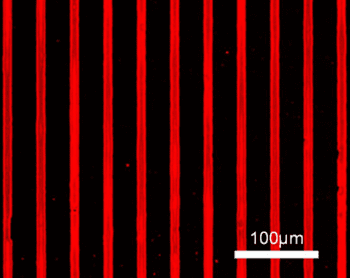
Researchers in China have developed a simple technique for patterning functional organic materials over a large area via an indirect, solution processable method.
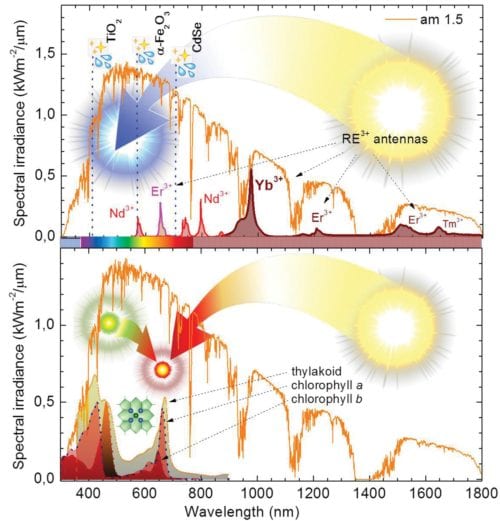
Photoluminescent spectral conversion as a promising route to increase the quantum yield in natural and artificial photosynthesis.
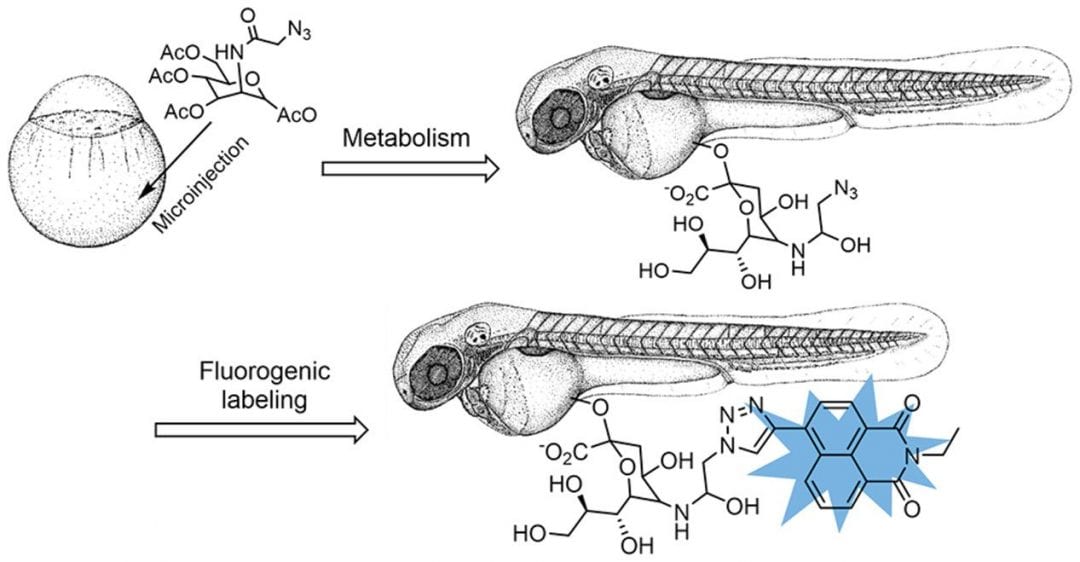
Researchers in China have developed a novel probe for in vivo sialome imaging. Based on the click reaction the fluorophore is generated in situ.
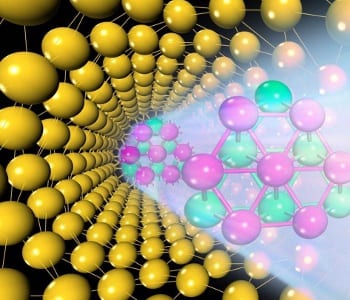
A new 1D gold nanowire is proposed for novel nanoelectronics by researchers in China. The design of the new structure was achieved by carefully considering the stability of 0D, 1D, and 2D gold nanostructures.
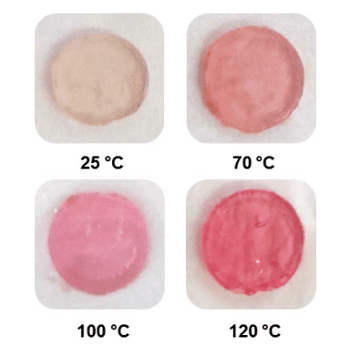
Adhesives and glues are essential in a wide range of applications in modern life, from buildings to vehicles, and mobile devices to biomedical applications.
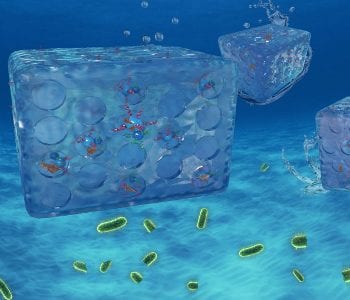
Using a variety of techniques to develop hybrid scavenger nanoparticles, researchers in China have created an efficient and reusable water filter to effectively clean polluted water up to safe drinking standards.
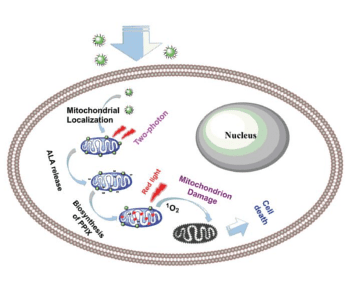
A carbon-dot nanosystem is developed for photodynamic therapy, which releases a photosensitizer bioprecursor in cancer cells upon irradiation.

Nanoparticles have proven to be a powerful tool in fighting cancer through the development of personalized therapy options.

A WO3–graphene photocatalyst has been developed that can efficiently degrade the dye Rhodamine B.